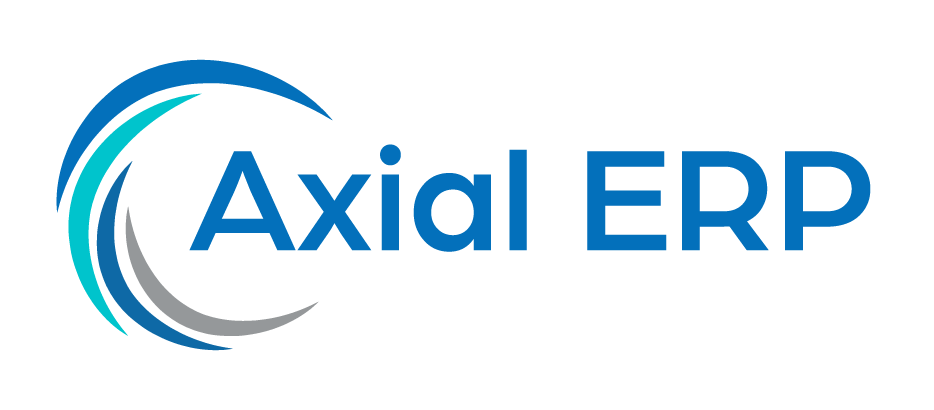Optimization of Staff Scheduling and Resource Allocation with ERPs
Efficient management of staff and resources is a fundamental pillar for the success of any organization. With the advancement of technology, Enterprise Resource Planning (ERP) systems have taken a leading role in optimizing these processes. In this article, we will explore how ERPs can improve staff scheduling and resource allocation, and best practices for their implementation.
What is an ERP and How Does it Work?
An ERP system is a software platform that integrates multiple business functions, including accounting, purchasing, inventory management, human resources, and more. Its goal is to provide a unified view of the company’s operations, facilitating decision-making and increasing operational efficiency.
Benefits of ERPs in Staff Scheduling
Process Automation: ERPs allow for automated shift scheduling, reducing errors and saving time.
Real-time Information Access: Managers can make data-driven decisions about staff availability and company needs.
Improved Communication: Centralized information improves communication between departments and with staff.
Optimizing Resource Allocation with ERPs
Resource allocation goes beyond staff management and includes effective management of machinery, physical spaces, and other assets. ERPs help identify the availability of these resources and their best utilization, based on analysis of historical data and future projections.
Best Practices for ERP Implementation
Define Clear Objectives: Before implementing an ERP, it is crucial to have well-defined objectives to align the system with the company’s needs.
Adequate Training: Staff training is essential to ensure they can efficiently use the system.
System Integration: It is important to ensure that the ERP can integrate with other existing systems to avoid information silos.
Conclusion
ERPs represent a valuable tool for optimizing staff scheduling and resource allocation. Their implementation and proper use can lead to more efficient management, cost reduction, and better customer service. However, it is essential to consider best practices and adapt to the specific needs of each organization to achieve the best results.



